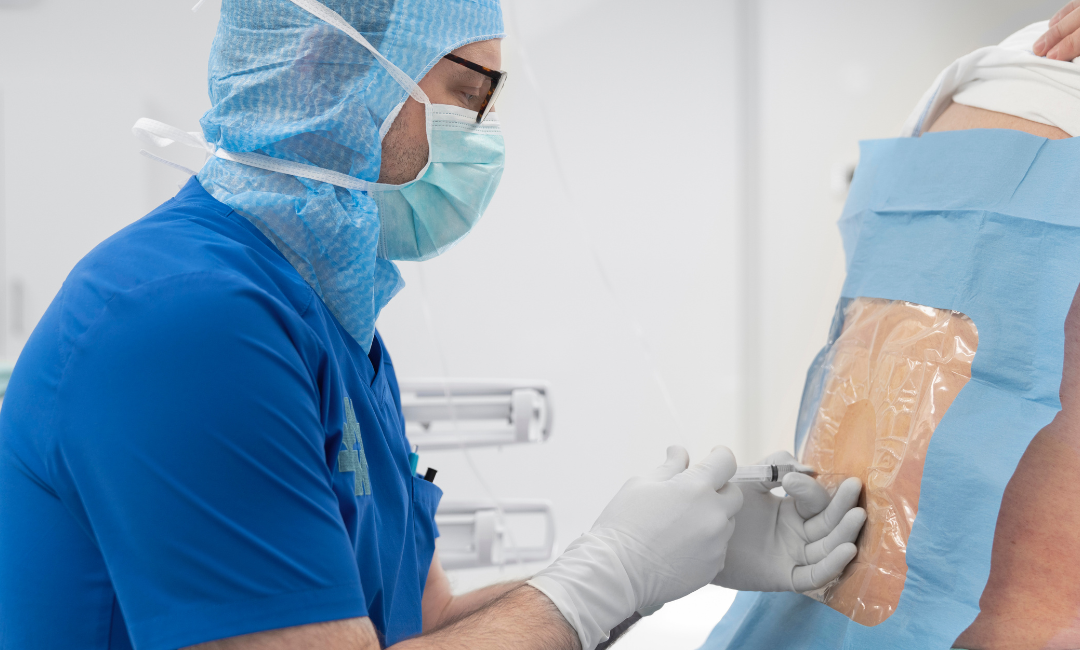Causes of ARDS
ARDS usually results from a sudden, catastrophic event that causes a lung injury. The mechanism of injury can be direct or indirect. Direct lung injury occurs because of conditions like gastric acid aspiration, chemical inhalation, near drowning, or oxygen toxicity.
With indirect injuries, mediators released in overwhelming stress to the body cause damage to the lung tissue, such as during sepsis; multiple traumas; thermal injury; hypoperfusion or hemorrhagic shock; disseminated intravascular coagulation; drug overdose; and massive blood transfusions. Sepsis from an abdominal source is the most common risk factor for ARDS.
Other causes of ARDS include pancreatitis, acute liver failure, trauma, head injury, malaria, fat embolism, burns, obstetric events like eclampsia or amniotic fluid embolism, and drugs or toxins like aspirin, heroin, and paraquat.
What Happens in Acute Respiratory Distress Syndrome?
Researchers have emphasized various mediators that play a role in ARDS-related lung damage, such as neutrophils, tumor necrosis factor (TNF), bacterial toxins, and oxygen-free radicals.
Upon progression of ARDS, the lungs show markedly decreased volume, and lung compliance also falls. Type II pneumocytes that produce surfactant are damaged. The resulting surfactant deficiency is thought to play a role in the alveolar collapse, which causes decreased lung volume and compliance in ARDS.
Furthermore, fibroblasts migrate into the alveolar space and convert the alveolar fluid (rich in protein and debris) into fibrous tissue. The ensuing fibrosis results in capillary shunting and refractory hypoxemia. As ARDS progresses further, respiratory failure and cardiopulmonary arrest can develop.
Clinical Assessment of a Patient with ARDS
History: As mentioned earlier, ARDS usually occurs as a response to overwhelming stress on the body, which may involve the lungs directly or indirectly. Your patient might have a history of such an event that led to ARDS. In patients with ARDS, there is a history of shortness of breath and increased effort needed to breathe.
Physical Examination: Patients with ARDS appear in respiratory distress and tachypneic. There is a marked increase in breathing work, and nasal flaring and the use of accessory muscles may be noticed. The respiratory rate might be more than 30 to 40 breaths per minute, and the patient might have profound diaphoresis. In advanced stages of ARDS, the patient could have cyanosis around the lips and nail beds or appear pale with a dusky complexion.
Hypoxemia due to ARDS leads to restlessness, agitation, and confusion.
Other examinations and their findings are given in the table below:
| Examination | Finding |
| Palpation Of Pulses | Rapid, sometimes thready |
| Blood pressure | Initially elevated, later decreased |
| Lung Auscultation | Initial stages: Decreased breath sounds Middle stages: Basilar or coarse crackles Late stages of untreated disease: Broncial or absent breath sounds Intubated patient: Congested lungs with wheezes and crackles |
Diagnosis Of ARDS: ARDS is usually diagnosed through exclusion. The American-European Consensus Conference (AECC) has defined the diagnostic criteria for ARDS as a patient presenting with the following four features:
- Acute Onset
- Bilateral infiltrates on Chest X-ray
- Absence of clinical congestive heart failure or pulmonary capillary wedge pressure (PCWP) <19mmHg
- Refractory hypoxemia with PaO2: FiO2 <200
Additional investigations may help reinforce the diagnosis of ARDS, as mentioned in the table below.
| Investigation | Findings |
| ABGs | In the early stages, the pH is elevated, and the PaCO2 is decreased because of hyperventilation. In the later stages, the PaCO2 is elevated, and the PH is decreased. |
| Pulmonary function tests | Moderate to severe restrictive ventilatory dysfunction. |
| Pulse oximetry | Low oxygen saturation |
| Pulmonary capillary wedge pressure | Elevated. More than 50-75 % have PCWP Of more than 18mmHg. |
| Chest X-ray | Diffuse bilateral infiltrates without cardiomegaly or pulmonary vascular redistribution. |









